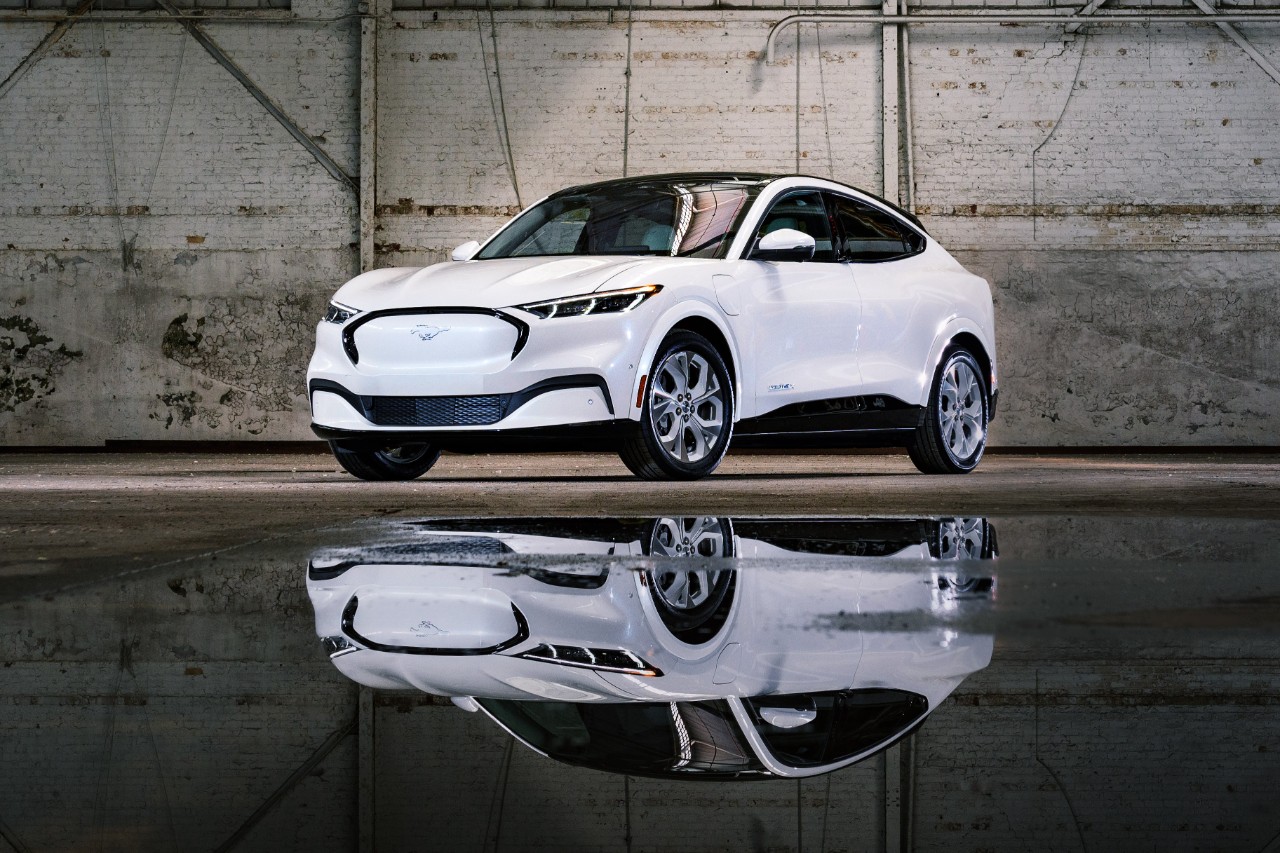Despite the rough winter, U.S. auto sales are modestly higher in the first half of 2014, up 4.3% from year ago figures. However, there is one very noticeable lag to me, and that is in General Motors' (GM +4.01%) Cadillac sales. Perhaps even more surprising is the resurgence in Ford's (F +3.69%) Lincoln sales.
Right off the bat, it should be obvious that something has tilted in favor of Lincoln... or at the very least, something has tipped out of favor for Cadillac. Consumers have pushed Lincoln sales higher by an eyebrow-raising 16.3% in the first six months of 2014 as compared to the same period last year. Cadillac, on the other hand, has seen sales slump 2%.
A head-to-head comparison
Before we go any further, let's take a look at the lineup from each brand:
| Cadillac | Price | Vehicle Type | Lincoln | Price |
| Car | ||||
| ATS | $33,065 | MKZ | $34,200 | |
| CTS | $39,500 | MKS | $40,700 | |
| XTS | $44,600 | MKT | $43,000 | |
| ELR | $75,000 | -- | -- | |
| SUV/Crossover | ||||
| SRX | $37,600 | MKC | $33,100 | |
| -- | -- | MKX | $38,575 | |
| Luxury Utility | ||||
| Escalade | $71,700 | Navigator | $56,150 |
Source: Cadillac and Lincoln websites
As you can see, Lincoln and Cadillac have similar lineups, but how are these models doing? Here is the year-over-year sales growth for the first six months of 2014:
| Cadillac Model | First-Half 2014 Sales Growth | Lincoln Models | First-Half 2014 Sales Growth |
| ATS | (22.3%) | MKZ | 31.4% |
| CTS | 5.8% | MKS | (8.3%) |
| XTS | (21.8%) | MKT | (15.6%) |
| SRX | 20.3% | MKX | 12.4% |
| Escalade | (2%) | Navigator | (4.6%) |
Note: The Cadillac ELR and Lincoln MKC do not have year-over-year growth figures, since they are new vehicles. Source: GoodCarBadCar
I feel that it's only fair to point out that several Lincoln models are also off to a slow start, but not as slow as several Cadillac models. The ATS and XTS, both of which have seen sales slump more than 20%, were the company's second and third top selling units in 2013, respectively. This impact is clearly weighing on Cadillac's overall sales.
A deeper look at one model in particular
In "What's Wrong With Cadillac", I noted how the brand is lagging behind most luxury automakers and why most of Cadillac's models seems to be stuck in the mud.
Specifically, the Cadillac ATS is quickly giving up ground in the lower-priced luxury car market. With vehicles likes the Mercedes-Benz CLA Class and the Audi A3 both starting at $29,900, the ATS seems to be losing its price advantage, with the vehicle starting at $33,000.

Source: Lincoln
Perhaps even more worrisome is that it's not just foreign luxury automakers applying the pressure. The Lincoln MKZ, which starts at $34,200, has seen sales rocket higher by nearly 32%.
This is concerning for Cadillac over both the long and short terms.
In the short term, sales are obviously taking a hit, which isn't good. Meanwhile, sales of its competitors' lower-priced luxury cars continue to do well. The lack of ATS sales also do not appear to be translating into noticeably higher sales of the CTS and XTS models.
Over the long term, the problem could be even worse. Customers who forego the Cadillac ATS now may be less likely to step up to the higher-priced models (such as the CTS and XTS) in the future.
In other words, if customers buy a Lincoln or Mercedes-Benz today, they may be more likely to stick with that brand in the future instead of deciding to change over to Cadillac. Automakers like to obtain customers, and then convert them into repeat customers for the long-term.
To be fair, the Cadillac CTS has shown a modest sales gain of 5.8%, while the Lincoln MKS and MKT cars have both declined in sales this year. However, I found the ATS/MKZ comparison particularly noteworthy.

Source: © General Motors
One other caveat
There's one other important thought to keep in mind: total sales.
Through June 2014, Cadillac has sold 82,117 units, compared to Lincoln's 44,522 units.
Obviously, Cadillac still tops Lincoln in terms of unit sales. Lincoln could wind up with the last laugh, though, if it continues to taking market share.
Lincoln overthrowing Cadillac isn't something that will happen in a few months or even a few quarters. It is a trend that could be rather significant over the long term, and it's something that both Ford and General Motors shareholders should keep an eye on.









